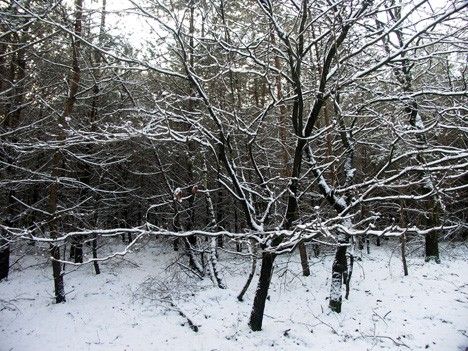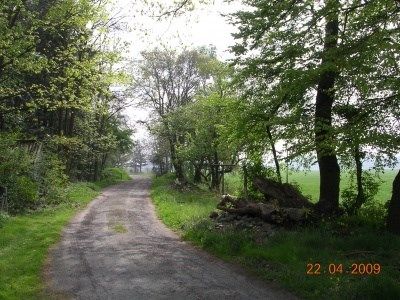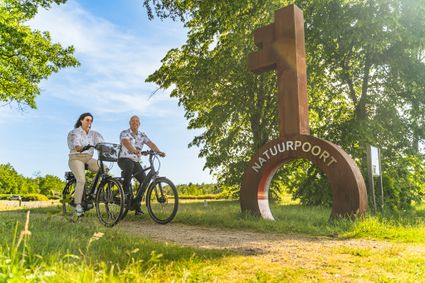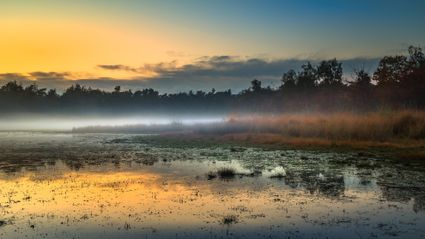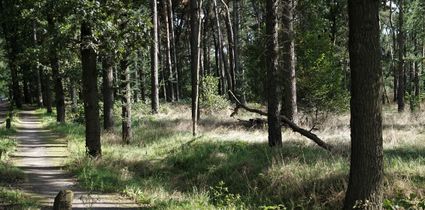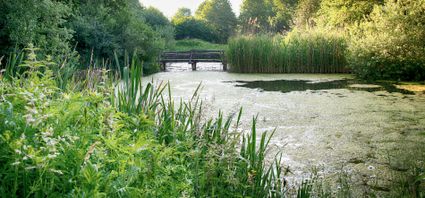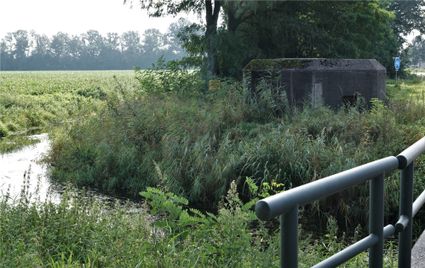Dennendijkse Forests
The poor, wavy, sandy soils used to be covered by nothing but heath, until the rugged soil was converted to farmlands, meadows and forests. The forest consists of mainly pine trees, because they grow in most types of soil and will yield a profit in a short period of time. And because softwood is perfect for use in mines, a lot of pine forests were planted in the previous century. Together with a few meres and pools, this creates a beautiful nature reserve.
Some of the pools were excavated by man, while others were created in a completely natural way. The Area is named after the Asten Dennendijk, which was constructed as an embankment to prevent the acidic peat waters from running into the once swampy nature reserve The Groote Heide.
The area is…
The poor, wavy, sandy soils used to be covered by nothing but heath, until the rugged soil was converted to farmlands, meadows and forests. The forest consists of mainly pine trees, because they grow in most types of soil and will yield a profit in a short period of time. And because softwood is perfect for use in mines, a lot of pine forests were planted in the previous century. Together with a few meres and pools, this creates a beautiful nature reserve.
Some of the pools were excavated by man, while others were created in a completely natural way. The Area is named after the Asten Dennendijk, which was constructed as an embankment to prevent the acidic peat waters from running into the once swampy nature reserve The Groote Heide.
The area is included in the network of cycling and hiking routes The Peel.
The area belongs to the community of Asten.
